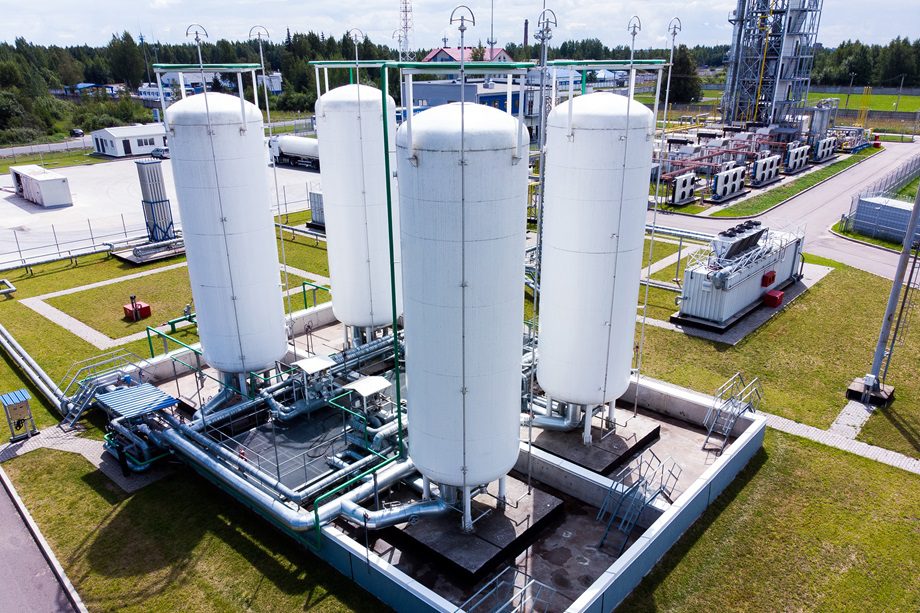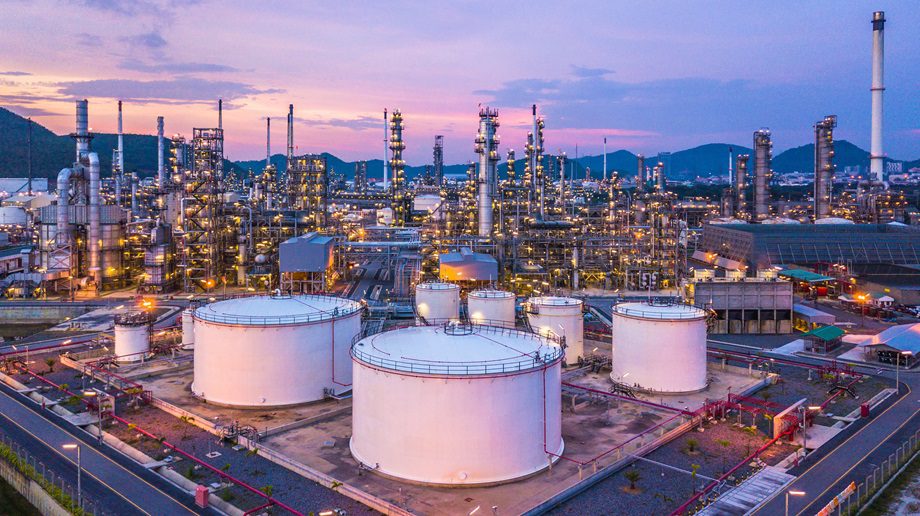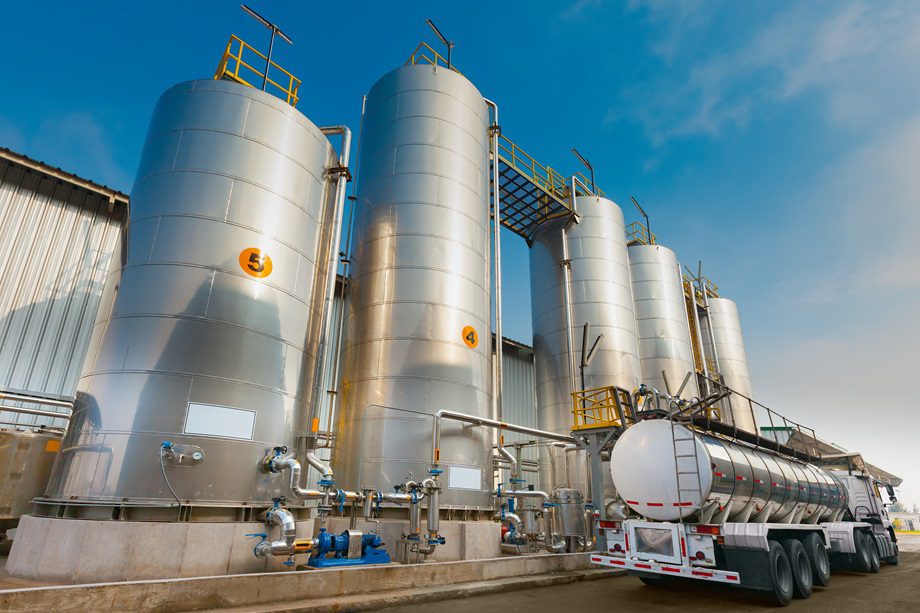Chemical tank linings: Protection from HCL, sulfuric acid & others

Chemical Tank Liner Material Selection
Choosing the right material for chemical tank liners is crucial for ensuring long-term durability and chemical resistance. Specific chemical properties, including acidity, alkalinity, and solvent type, influence material selection. Common materials like polyurea offer excellent corrosion protection, but other options such as epoxy, vinyl ester, and rubber linings also provide specific benefits depending on the chemical stored. Understanding the interaction between the stored chemical and the liner material is key to selecting the most effective lining solution for your chemical-resistant tank.
Installation of Chemical Tank Lining Services
The installation process of chemical tank lining services involves meticulous preparation and application to ensure the integrity and longevity of the lining. Proper surface preparation is critical; it often includes abrasive blasting to remove old coatings and create an ideal surface for adhesion. The application of the liner, whether it is sprayed, rolled, or brushed, requires skilled technicians to ensure uniform coverage and thickness. Regular inspection and maintenance are also essential to detect and repair any damages early, preventing leaks and extending the tank’s service life.


Chemical Tank Containment Solutions
Chemical tank containment is essential to managing and storing hazardous chemicals safely. It involves creating a secondary containment system that prevents any accidental spills or leaks from causing environmental damage. This system can include physical barriers, such as concrete berms or double-walled tanks, and chemical-resistant coatings to enhance the tank’s resilience against spills. Implementing robust containment solutions protects the environment and complies with regulatory requirements, ensuring that your operations meet the highest safety standards.
